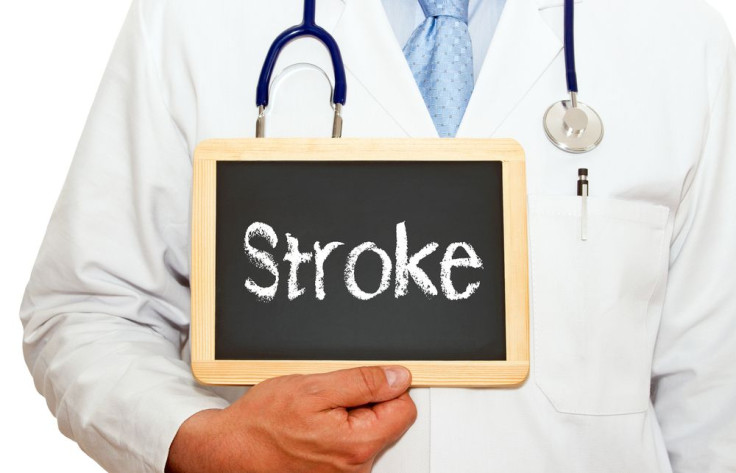Early Signs Of A Stroke Are Neglected By A Growing Majority Of ER Doctors

The early warning signs of a stroke play an important role in diagnosing and treating a patient’s “brain attack” before it occurs. A study out of Johns Hopkins University in Baltimore has revealed a growing majority of emergency room doctors are failing to recognize these signs and symptoms, leaving patients vulnerable to a potentially life-threatening condition.
“It’s clear that ER physicians need to be more discerning and vigilant in ruling out stroke, even in younger people,” associate professor of neurology at the Johns Hopkins University School of Medicine, Dr. David E. Newman-Toker said in statement. “Although stroke is less common in this demographic, we need to be more attuned to the possibility, particularly when the presenting complaint is dizziness or headache.”
Newman-Toker and his colleagues from Johns Hopkins evaluated records for inpatient discharge and ER visits from 1,016 hospitals including 187,188 patients. Prior research conducted by the team has estimated that misdiagnoses contribute to between 80,000 and 160,000 preventable deaths and permanent disabilities in the United State each year. The majority of these cases are considered neurological conditions, most notably stroke.
Findings revealed that 12.7 percent of patients treated for a stroke were misdiagnosed by their attending physician and discharged from the ER 30 days before they were sent back. Doctors confused early signs of a stroke such as headaches and dizziness for symptoms of less threatening conditions like an ear infection or migraine. Approximately half of the people hospitalized for a stroke returned to the hospital in seven days while more than half returned within 48 hours of their initial trip to the ER
“Most of these misdiagnosed patients, especially the younger ones, are probably people for whom stroke wasn’t really given much consideration or diagnostic assessment,” Newman-Toker added. “And this can have dire consequences.”
Researchers estimate the number of patients seriously injured by a misdiagnosed stroke have reached anywhere between 50,000 and 100,000 each year. Gender, race, and age disparities also seemed to play a role in the number of patients who were misdiagnosed. For example, women were 33 percent more likely to be misdiagnosed while minorities were 20 to 30 percent more likely to have their signs and symptoms ignored. Patients under the age of 45 ran the highest risk of receiving an incorrect diagnoses and being sent home.
According to the American Stroke Association, around 795,000 American suffer a new or recurrent stroke each year, including 137,000 who die as a result. Early warning signs of a stroke can include numbness or weakness of extremities, confusion, trouble seeing in one or both eyes, dizziness or loss of balance, or a severe headache. The association recommends the F.A.S.T. assessment: Face drooping, Arm weakness, Speech difficult, Time to call 911.
Source: Newman-Toker D. A unified conceptual model for diagnostic errors: underdiagnosis, overdiagnosis, and misdiagnosis. Diagnosis. 2014.
Published by Medicaldaily.com



























